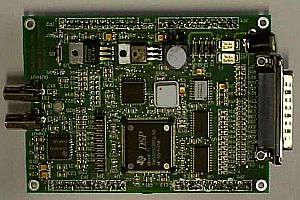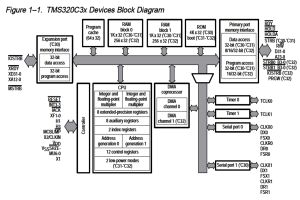| 96 kHz.org |
| Advanced Audio Recording |
Introduction to Digital Predistortion A special algorithm based on formerly
done messurements and equation optimization is introduced to
compensate non linear behaviour of magnetic coils, transformers
and other non linear components.
The technique of predistortion is based performed with modern DSP:
Sample Waves
Output Waves
The signal shown here is shifted in the harmonics so that it can precompensate the behavior of the subsequent stage. This corresponds to phase pre-distortion in the first stage. The amplitude curve is initially retained. In a second step, the signal is linearly distorted, i.e. the amplitude response is changed across the frequency in order to extend the increasing attenuation at higher frequencies. This effectively extends the frequency range of the amplifier. In a final step, the signal is distorted non-linearly, i.e. the 1:1 relationship is changed to compensate for the non-linearity of the amplifier.
Conclusion and Summary DSPs can be used to enhance linearity of amplifiers.
|
| © 2002 J.S. |



